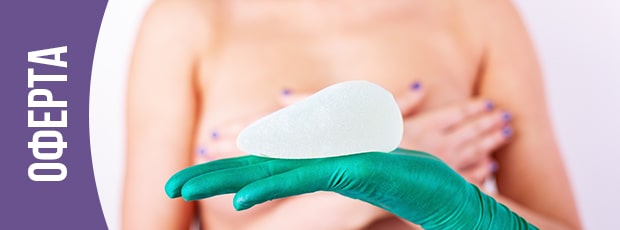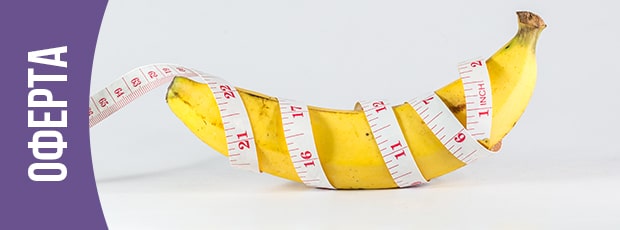What is laser peeling?
Laser resurfacing (laser resurfacing) - short, concentrated pulsating beams of light removes very precisely, layer by layer the uneven skin in order to remove lesions, both benign and malignant.
The laser technique directs short, concentrated pulsating beams of light at uneven skin and removes it very precisely, layer by layer. The lasers remove the outer layer of skin - the epidermis - and heat the underlying layer, called the dermis. The lasers stimulate the growth of new collagen fibers, resulting in new skin that is smoother and tighter. This popular procedure is known by several other names, including lasabrasion, laser resurfacing or laser vaporization.
You are suitable for laser skin resurfacing if you have:
- Scars from acne or chickenpox
- Uneven skin pigmentation
- Scars on the skin or birthmarks
- Age spots
- Sun damaged skin
- Fine lines or wrinkles around or under the eyes, forehead or mouth
- Enlarged sebaceous glands of the nose
You may not be suitable for the procedure if you have:
- Active acne
- Very dark skin
- Deep wrinkles
- Too loose skin
How does laser skin resurfacing work?
There are two types of laser peeling:
- CO2 laser peeling: has been used for years to treat various benign and malignant skin diseases. The newer generation uses very short pulsed light energy (ultra-pulsed) or continuous light beams to very precisely remove thin layers of skin with minimal thermal damage to surrounding structures. It is used to successfully treat wrinkles and scars as well as other benign skin growths such as warts, birthmarks, rhinophyma and other skin diseases. The recovery time after this peel is up to two weeks.
- Erbium laser resurfacing: designed to remove superficial and moderately deep lines and wrinkles on your face and requires only local anesthesia. This laser can also be used on the arms, neck or chest. One of its advantages is minimal injury to surrounding tissue. This laser causes fewer side effects than CO2 lasers, so recovery time should be faster. If you have a darker skin tone, this laser may be a good choice for you. The recovery time is one full week.
- Fractional laser resurfacing: your skin tightens while the collagen between the treated laser holes shrinks. The advantage of this type of laser is that the skin is injured less. Because the laser light penetrates deeper than other lasers, there is a greater risk of complicated healing and scarring. The recovery time with fractional laser resurfacing is one full week.
Your specialist will determine which type of laser procedure is best for you after a complete evaluation of your medical history, current physical condition, and desired results.
Expectations during and after the laser peeling procedure
In general, all forms of laser resurfacing are performed with local anesthesia in combination with orally or intravenously administered sedative medications. Wrinkles around the eyes, mouth or forehead can be treated individually or laser resurfacing of the entire face can be performed. The areas of the face to be treated are numbed with a local anaesthetic. General anesthesia may be used when the entire face is treated. Partial face laserabrasion takes 30 to 45 minutes and full face laserabrasion takes 1-1/2 to 2 hours. Your face or the area to be treated should be cleaned thoroughly.
After laser resurfacing, a non-adhesive bandage is placed on the treated areas for 24 hours. You will then clean the treated areas 2-5 times a day with saline solution. Ointment or moisturizing creams are then applied. Generally, the areas heal in 5 to 21 days, depending on the nature of the condition being treated and the type of laser used. Once the areas have healed, makeup can be worn to cover the redness that is usually seen after laser skin resurfacing. Oil-free makeup is recommended after laser resurfacing. The redness of the treated areas usually fades in 2-3 months, but may take 6 months to 1 year to disappear. Redness usually lasts longer in people with blond or red hair. If you have a darker skin tone, you have a greater risk of hyperpigmentation. A bleaching agent after laser skin resurfacing can be used to lighten your skin color.
Preparation for laser peeling
- Avoid strong sun exposure and use a broad-spectrum sunscreen every day for 4 weeks before treatment.
- Avoid deep facial peels for four weeks prior to the procedure (e.g., strong chemical peels, laser resurfacing, dermabrasion).
- Do not use medications that cause photosensitivity (such as doxycycline, minocycline) for at least 72 hours before the procedure.
- If you have a history of herpes (oral herpes, genital) or herpes zoster in the treatment area, notify the specialist and start your antiviral medication as directed.
- To prepare your skin for laser resurfacing, you may be asked to apply a topical retinoid to your skin for about four weeks before the procedure.
Possible complications after laser resurfacing:
- Milliomas (small, white bumps) may appear in the laser-treated areas during healing (up to a month after treatment), and can be removed by gentle cleaning with a cloth.
- Hyperpigmentation and less commonly hypopigmentation. Hyperpigmented areas can be treated with a bleaching cream to accelerate pigment fading. In addition, you should use broad-spectrum sunscreens.
- Reactivation of herpes simplex can occur, especially after laser resurfacing of the skin around your mouth. You can prevent this by asking for an antiviral medication before surgery and continuing to take for up to 10 days after the procedure.
- You can also prevent bacterial infections by taking an antibiotic before surgery and continuing to take it for seven to 10 days afterward.
- Expect swelling after laser skin resurfacing.
- Scarring after laser skin resurfacing, although very rare, can occur in laser treated areas.
Care after the procedure
- Immediately after treatment, your skin will be red, sensitive to the sun. Redness, swelling, itching or burning may last for several days. Depending on the treatment, the skin may even secrete discharge to form blisters. Do not touch or pinch the skin that forms crusts, as this can cause scarring or lead to infection.
- Five to 7 days after laser resurfacing, your skin will become dry and flaky. Your new skin will initially look pink. It should begin to lighten gradually over the next two to three months
- Clean the treated area two to five times a day.
- Sleep on an extra pillow at night to reduce swelling for the first four days after the procedure.
- Apply a cool compress or ice for 15 minutes every one to two hours, if needed, during the first 24 to 48 hours.
- Avoid aggressive facials such as tretinoin or glycolic acid for four weeks and any topical products that may cause irritation for six weeks after treatment.
- Avoid activities that may cause flushing for two weeks after treatment.
- Do not smoke. Smoking slows down the healing process.
After healing:
- Apply a broad-spectrum sunscreen (shields both UVB and UVA rays) daily after healing to protect your skin with a newly resurfaced laser. You should choose a sunscreen specifically formulated for use on the face, with a sun protection factor (SPF) of at least 30.
- Apply daily moisturizer as recommended by a doctor.
What result can I expect after laser skin resurfacing?
- You should see an immediate difference in the treated skin. Depending on the laser treatment, your skin may stay pink or red for several months. Your skin may continue to improve for up to a year and the improvement may last for several years. Normal aging will eventually lead to new wrinkles that can be treated again with laser resurfacing.
- You should avoid the sun as much as possible and apply sunscreen every day.







